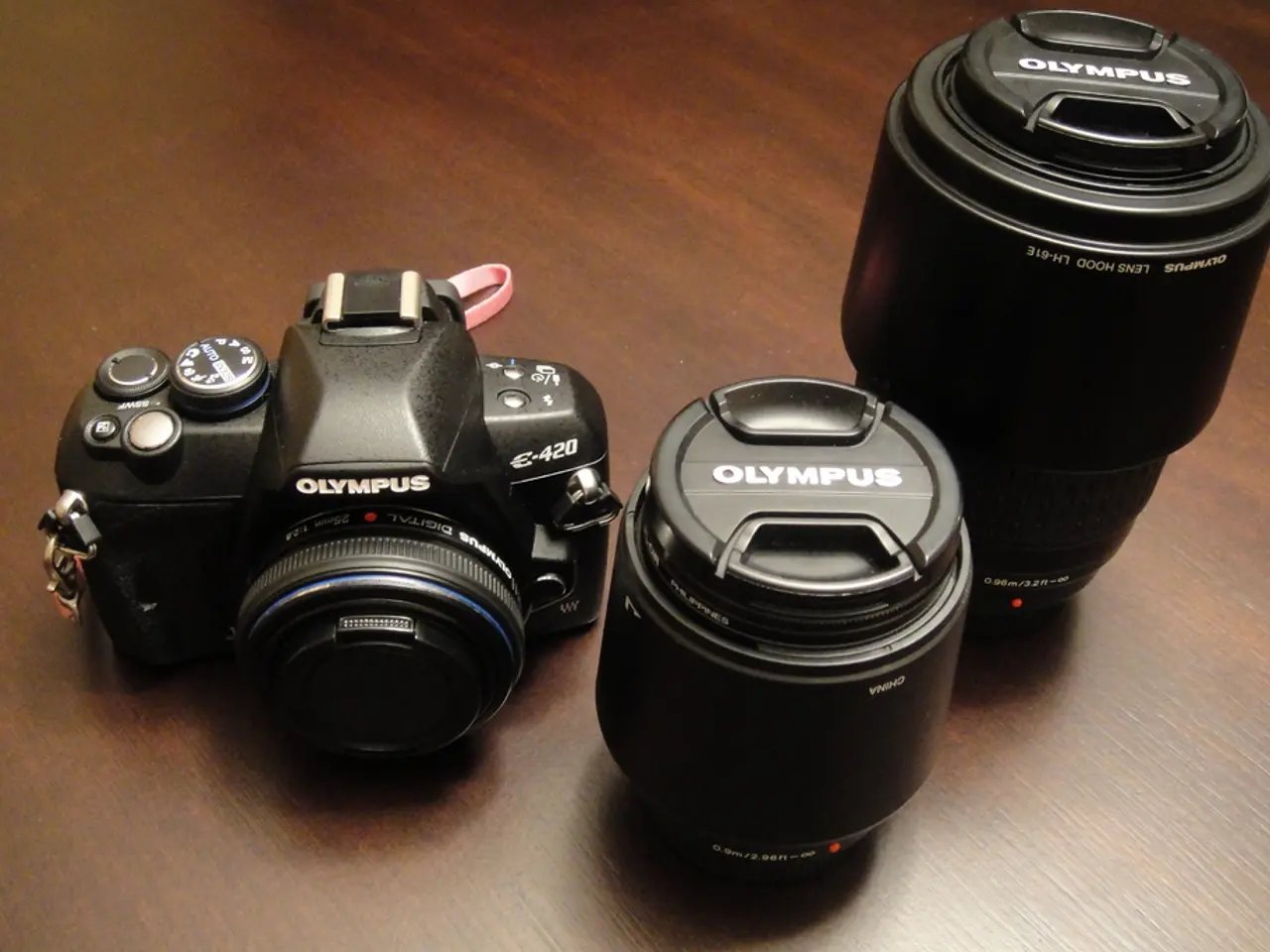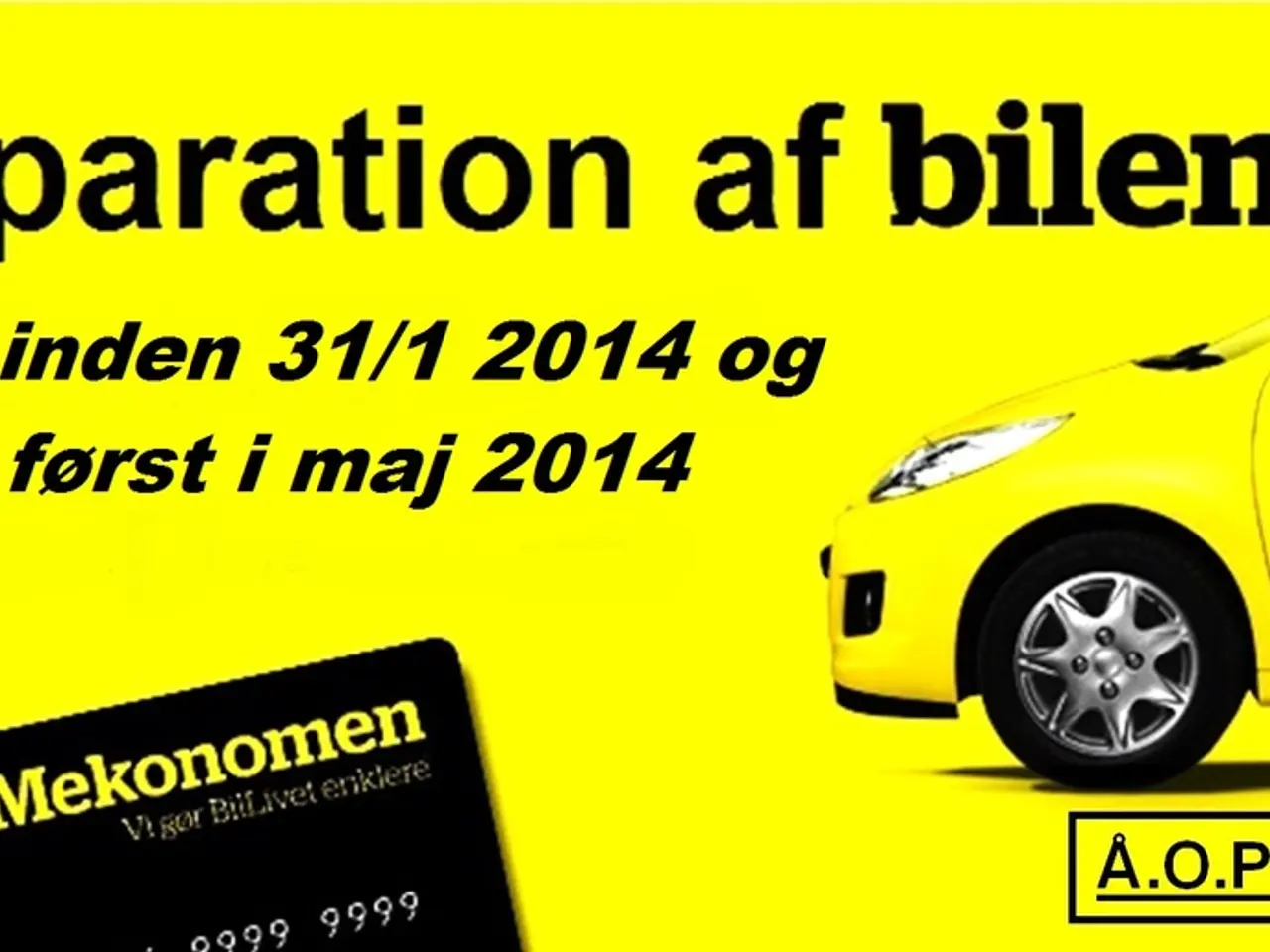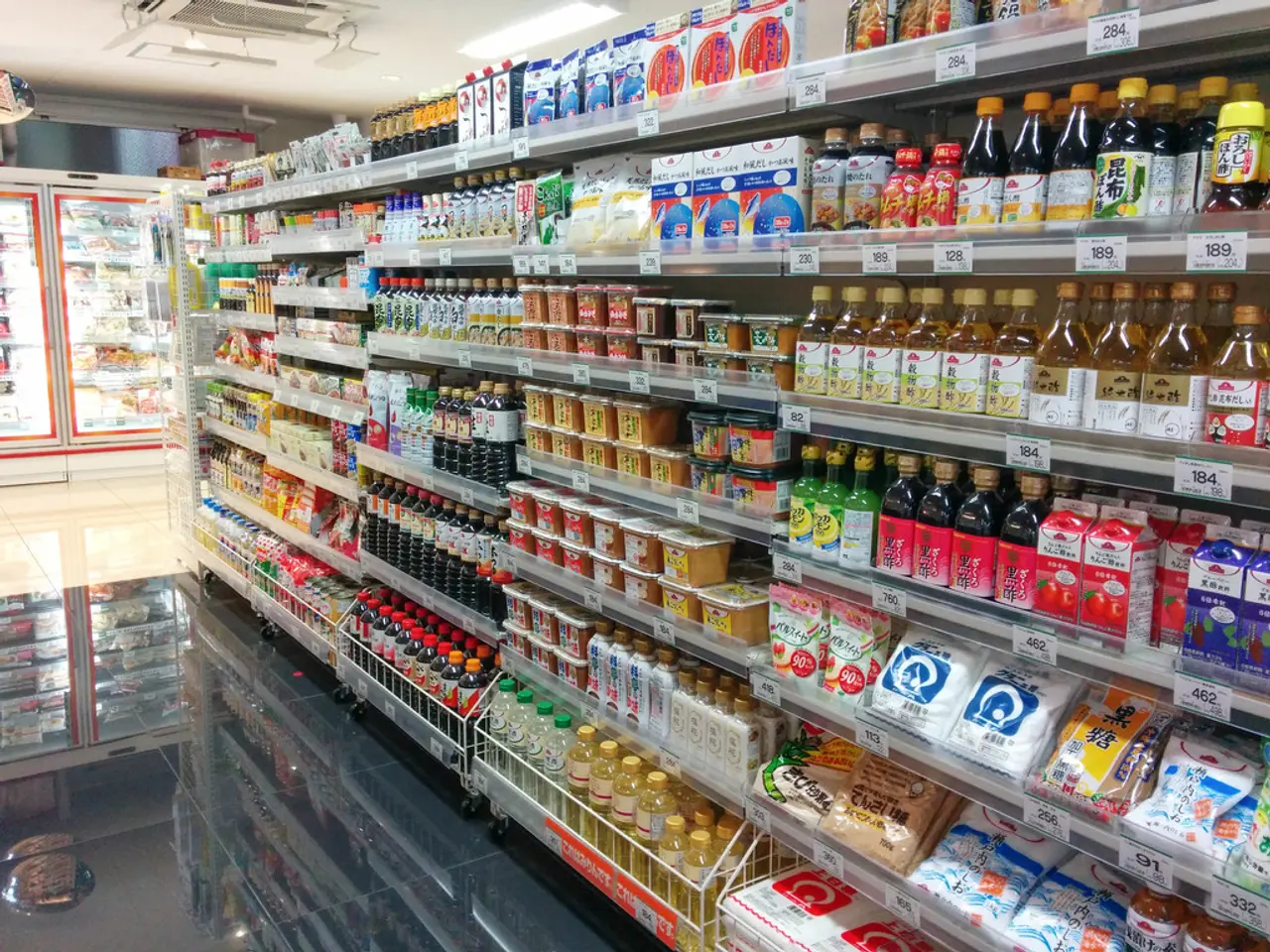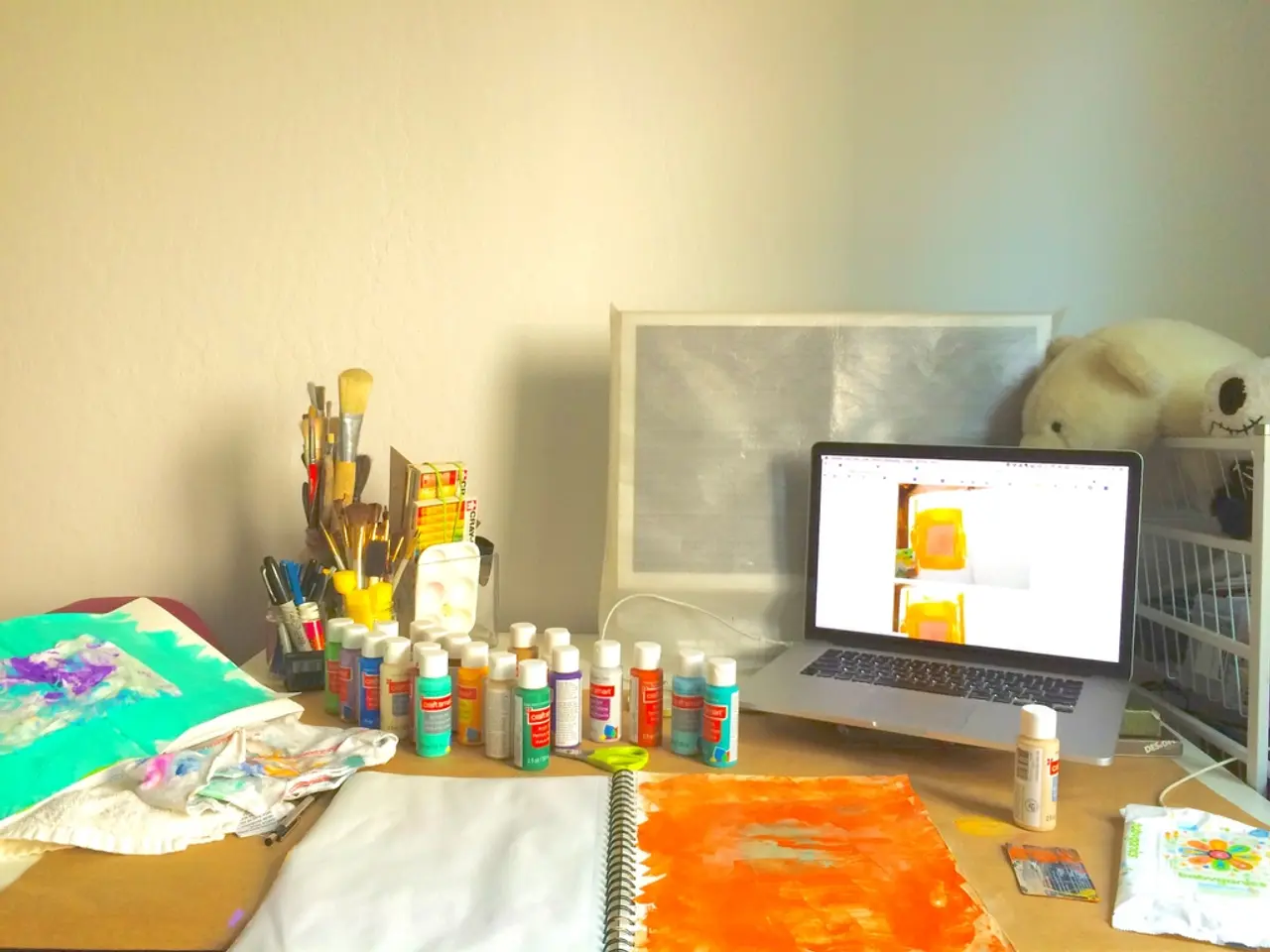Is an f/1.2 Lens Too Excessive? When Additional Light Stop isn't Essential for You
In the realm of photography, two popular aperture settings, f/1.2 and f/4, offer distinct advantages and challenges that can significantly impact a photographer's work.
Creative portrait photographers often favour f/1.2 lenses for their signature looks, dreamy bokeh, and subject isolation. However, these lenses are known for their bulky size and high cost, making even a mirrorless setup feel front-heavy. In contrast, f/4 lenses are more practical in many photographic situations, being compact, lightweight, and affordable, encouraging greater mobility and ease of use.
The aperture setting on a lens controls how much light enters the camera. A lower f-number, like f/1.2, means the aperture is wide open, allowing significantly more light into the camera sensor. This feature enables low-light shooting and creates a very shallow depth of field for strong subject isolation and artistic bokeh.
However, the depth of field is so shallow with an f/1.2 lens that focusing becomes a challenge. When you shoot wide open at f/1.2, the depth of field is razor-thin, increasing the chances of missing focus. In contrast, f/4 lenses perform well in good lighting conditions or when using a tripod, as photographers often stop down their lenses beyond wide apertures for greater depth of field and sharpness.
Videographers and hybrid shooters appreciate the look and light-gathering ability of an f/1.2 lens, especially in natural-light scenes. However, not all photography styles need fast lenses. Landscape or architectural photography, for instance, benefits more from slower, sharper, and lighter glass.
If low-light photography is a regular part of your workflow, an f/1.2 lens may be a smart investment. However, it comes at a cost, with an f/1.2 lens like the Sony FE 50mm costing significantly more than an f/1.8 or f/4 alternative, often two to five times the price.
For those seeking a more affordable option, platforms like MPB offer high-quality, gently used lenses at much lower prices, with inspection, rating, and warranty for each piece of gear.
In summary, the choice between an f/1.2 and an f/4 lens depends on the photographer's needs and priorities. An f/1.2 lens is most beneficial in low-light environments, portraits requiring shallow depth of field, or when maximum subject separation and bokeh are desired. On the other hand, an f/4 lens might be more practical when portability, flexibility, and moderate lighting conditions are priorities, or when you want to avoid the handling challenges and costs associated with ultra-fast f/1.2 lenses.
When considering a lens for capturing creative portraits, many photographers opt for f/1.2 lenses due to their dreamy bokeh and subject isolation, despite their hefty size and high cost. In contrast, f/4 lenses are sought after for their compactness, affordability, and lightweight design, which promote mobility and ease of use in various photographic settings.




